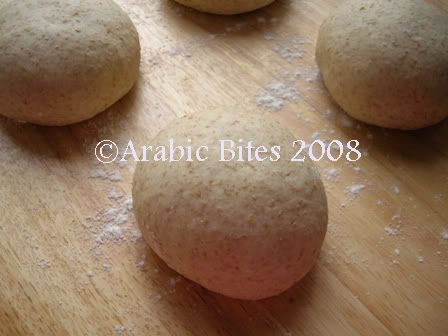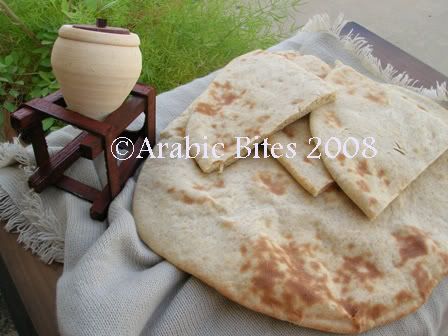
Anpan


Anko paste (easily enough for 8 to 10 Anpan)
1 cup Azuki (aka Adzuki, Aduki) beans
100g Caster Sugar (adjust to taste)
4 cups Water (enough to cover the beans and then some)
- Rinse the beans thoroughly.
- Cover the beans with water in a saucepan and bring up to a simmer.
- Cover with a lid and continue to cook at a gentle simmer until the beans are very tender (about 1hour) If needed, add more water during cooking to keep beans submerged.
- When beans are cooked, strain and retain some of the cooking liquor.
- Mash and pass the strained beans through a sieve (retaining some whole beans to add to the final paste if you like the texture)
- Add sugar, to taste, to the sieved/mashed beans. The mixture will noticeably slacken.
- Return the mixture to a saucepan on a medium low heat and continue to cook until the mixture colour darkens to a deep red/burgundy (about 15 minutes). Add some of the strained bean liquor if the mixture becomes too dry.
- Leave the paste to cool (it will clump into a smooth ball). It's ready to use!
You can keep Anko for at least a week in the 'fridge.
Dough (makes 8 large Anpan):
500g All Purpose White Flour (or a 50/50 mixture bread flour and cake flour)
300g Milk (I use semi-skimmed)
60g Caster Sugar
1/2 tsp Salt
60g Butter/Shortening (or 80 to 100g vegetable oil)
1 tsp Instant or Active Yeast
For glazing:
2 tbsp Butter (melted)
2 tbsp Milk
1 tbsp Caster Sugar
For sticky, shiny finish:
<beaten egg optional>
1 tbsp Golden or Corn Syrup (warmed)
1 tbsp Water
- Mix the dry ingredients and add the milk.
- If you're using active yeast then activate by whisking into warm milk to which a teaspoon or so of sugar has been added.
- Knead until you have a smooth dough with medium gluten development.
- Let the dough rest for 5-10 minutes.
- Mix/Knead in butter/shortening/oil bit by bit until (this can get messy initially!). Keep going until you have a smooth dough once again (few minutes more kneading)
- Leave the dough to bulk ferment until doubled in size (about 2 hours)
- Degass the dough. (Can stretch and fold if desired)
- Divide the dough into 8 portions and roughly shape each into a ball.
- Let the dough balls rest for 10 minutes
- Flatten and stretch each ball into a circle about 3 to 4 inches in diameter.
- Place a 1 1/2 inch (or more if you like!) ball of anko paste in the centre and bring the dough edges over to envelop the anko and squeeze to seal.
- Lightly press and roll the ball, seal side down, on a slightly tacky surface to ensure seal.
- Leave the buns on a lined baking sheet to prove until doubled in size again.
- Heat the oven to 180C / 350F (I'm basing on my less than wonderful fan assisted electric oven. You many need to adjust)
- Brush each bun with the melted butter/milk/sugar mixture and bake in the oven for 20 minutes or until nicely browned.
- For a shiny sticky glaze brush each bun with the syrup/water mixture towards or at the end of baking and leave in the oven for an additional minute.
- Allow buns to cool. The crust should soften fairly quickly although I find covering with tin foil for 10 minutes immediately after baking does help.
Note:
Many recipes call for adding egg to the dough. Having made two different batches in the last two days I'm of the opinion that an eggless dough gives the result closest to the sweet asian bread dough I'm familiar with. Not a strict rule by any stretch of the imagination. Some Anpan (Sakura Anpan) use salt-preserved cherry blossom as a garnish placed on top of the bun in the centre and pressed in to form a 'belly button'. Other variations include white bean paste filling and sesame seed garnish. You can also use the dough as the basis for Melon Pan and other sweet asian breads.
Apologies for mixing volume measurements with weight measurements. If, for example, the yeast you use is composed of larger granules then increase to 1 1/2 or 2 tsp.
<modified 14/2/2008 --FoolishPoolish>




 Silesian Light Rye Crumb
Silesian Light Rye Crumb dough
dough loaf
loaf loaf
loaf crumb
crumb crumb
crumb crumb
crumb crumb layersthin and crispy, the crumb was airy & moist and the” toppings” were oh so flavorful…I guess, if anything, I would add more olives & cheese...
crumb layersthin and crispy, the crumb was airy & moist and the” toppings” were oh so flavorful…I guess, if anything, I would add more olives & cheese...








